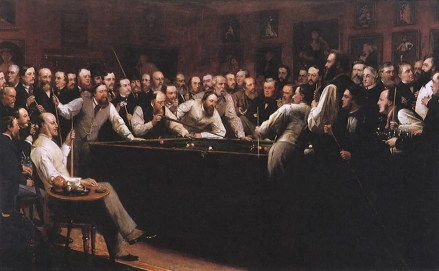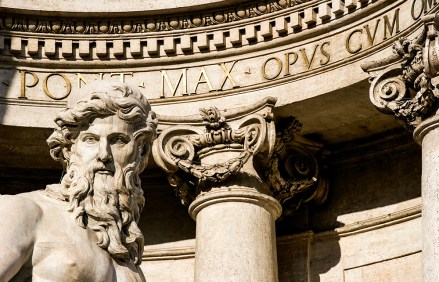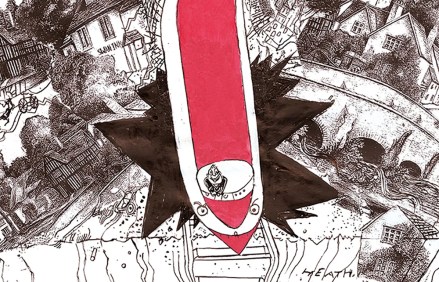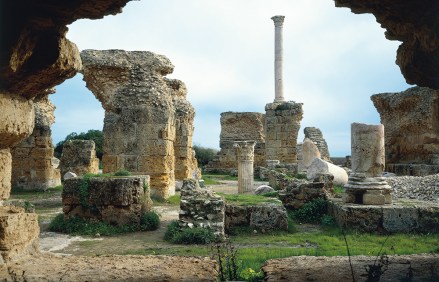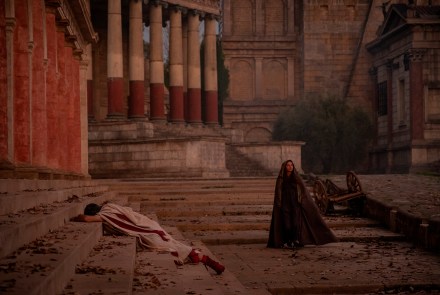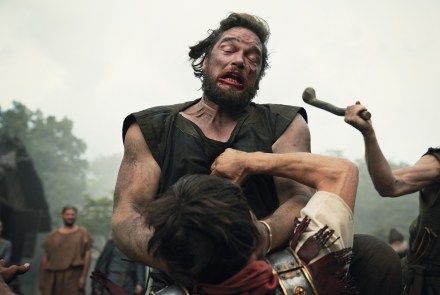Why Rome didn’t need the Garrick
What fun to mock the elite in the Garrick! But there were no Garricks in Rome: clubs were for those lower down the scale. They were called collegia and consisted of citizens, freedmen (ex-slaves) and in some cases slaves. All usually had some religious connection and were properly organised with presidents, treasurers and so on. Some were dedicated to maintaining ancient cults; others served the locality; then there were burial clubs, dedicated to appropriate gods, providing (for a regular fee) monthly group dinners and a guaranteed urn for their ashes in their private facilities (for their slaves and freedmen Augustus and his wife Livia provided buildings with 6,000 urns). The
